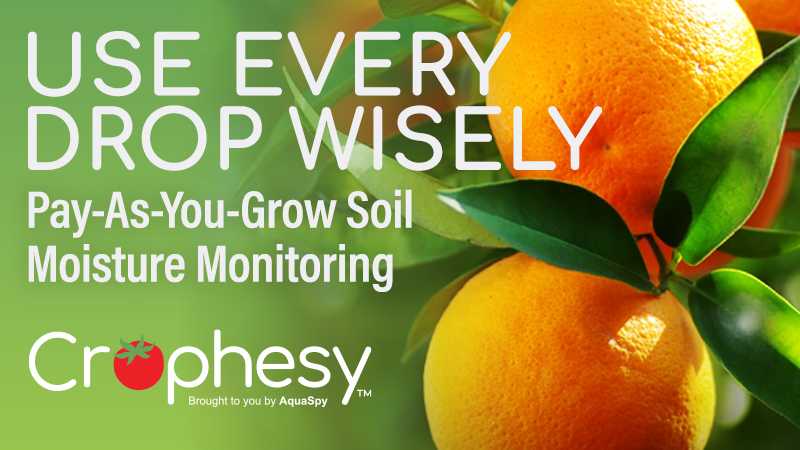Want More and Bigger Tomatoes? Look To the Genes
Bigger is better, right? Ok, maybe not in all cases. But when it comes to tomatoes, commercial growers are always looking for an advantage. University of Florida horticultural scientist Tong Geon Lee is on a mission to keep producers out of the red. How? By looking for answers through the complex maze of plant genetics.
In his most recent research, Lee is using a combination of genome-sequencing, statistics, and advanced math to find a consistent pattern of DNA associated with increased tomato production and size.
Just in case you didn’t know, every tomato contains about 35,000 genes. Each gene is responsible for traits such as color, size, and how many fruit you can grow on one plant.
“With the completion of this project, we should eventually be able to provide the information necessary for the enhancement of tomato yield through breeding,” Lee says. “Especially high yield is important because with it, we can help ensure food security with good-quality tomatoes. Farmers can increase profits as well.”
Any increase in tomato production depends greatly on how well Lee can line up tomato genes with phenotypic traits – flavor, disease- and pest-resistance are among them (aka, DNA association signals).
He and his research team have identified several association signals of DNA with good traits by focusing on current tomatoes bred by scientists at UF/IFAS and other institutions.
No doubt, tomatoes continue to be a popular crop for growers and consumers. Check out some 2020 stats compiled by Lee’s UF/IFAS colleague Zhengfei Guan:
- Florida produced 606 million pounds in fresh-market tomatoes.
- U.S. growers produced a total of 1.2 billion pounds.
- Florida’s tomato production is valued at $463 million.
- U.S. tomato production is valued at $721 million.
Through ongoing genetic research, tomato producers have hope to grow on for the future, Lee adds. “More tomatoes will be shipped to markets, restaurants, cruise lines and school cafeterias — if we can find the right genetic combination to grow high-yield tomatoes.”









